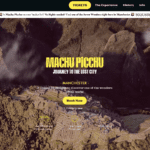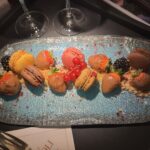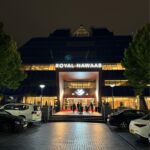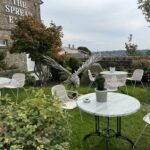On arrival in Japan, I first noticed that the roads were relatively flat and not a single pot hole … anywhere!






Our trip to the land of the rising sun started in Tokyo, a vast city full of modern highways and skyscrapers. Modern, clean cars with everyone observant of the road, mindful of their fellow drivers and pedestrians who patiently wait for the green man to allow you to cross.




























This city was destroyed by Allied bombing in 1948 in retaliation to the attack on Pearl Harbour, and what they have achieved since that time is remarkable!







The city is vibrant, with massive shopping centres below and above ground. Stores that are bright, clean and enticing.






























And then there are the anomalies that the West would find anything but the norm, such as Pachinko stores where there are always people playing on game machines; Maid Cafes that promise to make you happy; and unique places like Teamlab Planets. By total contrast, I found a couple of gun shops! (they appeared to be air pistols .. I think).











The city is blessed with an incredible subway, rail, monorail and public transport network that runs like the finest timepiece. Transport is clean, graffiti-free and presents like a newly valeted vehicle, ready for the showroom.
Roads appear straight and well organised. Offices, shops and apartments are carefully placed along wide sidewalks in a balanced and thoughtful way to give a vibrancy to each area. Stations provide the commuter equally with a vast network of shopping under ground too.



















The Emporers Palace gardens were closed when we were there, but the open space in this part of the city brings respite to this bustling city. There are hundreds of trees carefully cared for across a large area leading up to the edge of the palace gardens.
















Our guide, Kuniko helped us aquaint ourselves with the city and transport and this made our acclimatisation that much faster than if we had tried to do this on our own.
We visited the food market, too, where the traders sold all manner of seafood, meat and soya-based delicacies. Street food is prevalent in this area, but eating on the move is frowned upon, so space is provided inside or just outside for customers so that no litter escapes. Talking of waste, there are no bins anywhere.. the Japanese and tourists take their litter home or back to their hotels.




















Japan is filled with beautiful shrines and temples, the Meiji Shrine being just one of them. The national religions here are Shinto and Buddhism.
The Meiji Shrine is a shrine dedicated to the deified spirits of Emperor Meiji and his consort, Empress Shoken. The adjacent Yoyogi Park make up a large forested area within the densely built-up city and offer walking paths for a relaxing stroll away from the concrete.
The shrine was completed and dedicated to the Emperor Meiji and the Empress Shoken in 1920.
Emperor Meiji was the first emperor of modern Japan. He was born in 1852 and ascended to the throne in 1867 at the peak of the Meiji Restoration when Japan’s feudal era ended and the emperor was restored to power. During the Meiji Period, Japan modernised itself to join the world’s major powers when Emperor Meiji passed away in 1912.

























































I had booked a few activities for our second day in Japan, including the much-acclaimed Team Labs. The premises were located on the city’s outskirts and required several changes using the subway.
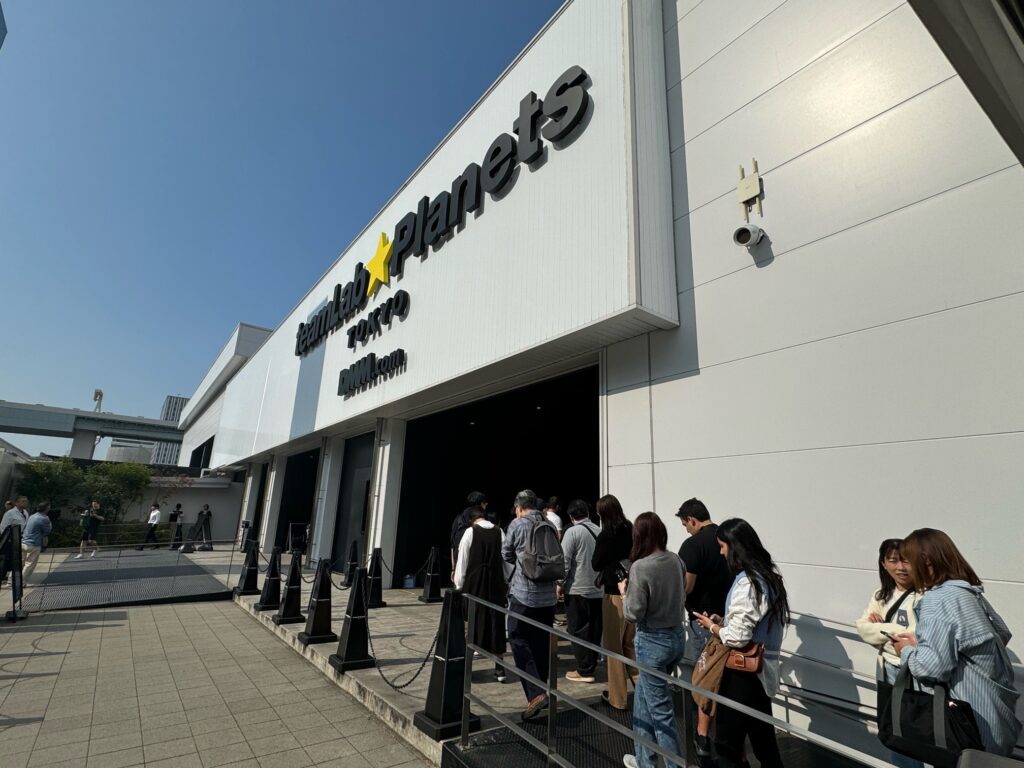
Our arrival here was met with long queues that move quickly as they are all booked by time allocated slots into the building where we are told that we need to either role up our trousers above the knees or take them off and use free rental shorts. Lockers were provided as we were told that we should also remove all footwear.



























Walking around this digital wonder, filled with sensory experiences of light, water and flowers is a must if its still running should you visit Tokyo. We loved it and we finished our two hour visit off there at Vegan Ramen located right outside the front door.
Our next stop was the Tamiya shop. If you don’t know Tamiya then you’re most likely not into model tanks, cars, radio controlled trucks, paints and much more. Its a store and not much more.
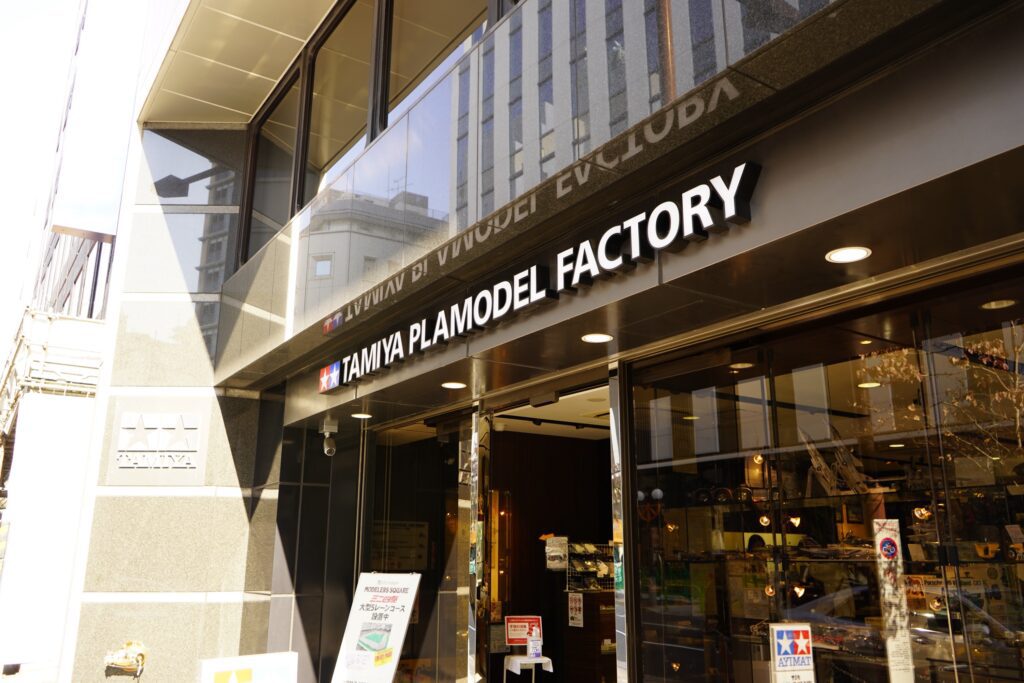
We walked and walked and took many underground trains to different parts of this vast city, but there was one place that we just couldn’t miss … Shibuya Crossing.





















































This famous landmark attracts thousands of visitors to experience a crossing! Many films have featured this unique location that shows traffic lights turn red in all directions, the pedestrian crossing ‘man’ turns green and thousands of people cross in every direction! Even diagnally!
Desperate for a coffee we found Starbucks overlooking the crossing. Queues on the ground floor allowed punters to get their coffees so that they could head upstairs to a prominent position overlooking this amazing choreographical spectacle.
I made the point of reserving tickets to go up the Shibuya Sky, a skyscraper that overlooks the city. Visitors flock to this vantage point to photograph the setting sun, the city and the famous Shibuya Crossing.
We shopped and dined in the area, mesmosrised by the shere number of stores, restaurants and the people … many many people.
Our Hotel was just one of many places to stay. We chose the Hyatt Regency in Shinjuku district. I guess arriving in a strange country thousands of miles from home, it felt familar and gave us a sense of security and a base to return to, this was to be our base camp.
The room on the 23rd floor was a little dated, but served the purpose. It overlooked the city and was close to the station.
The breakfast was incredible and the staff welcoming.















We spent the first three days here in Tokyo and when it was time to move on we took our suitcases to the concierge and they were sent on to our next location.
Gora in Hakone.
The last day of our 16-day trip was back in Tokyo. Our final hours here in this incredible city were to visit the Akihabara district, learn more about anime, and visit the maid cafes and shops until we dropped!
Akihabara is well known for electrical stores and we made a point of visiting some of them .. Overwhelming!


















